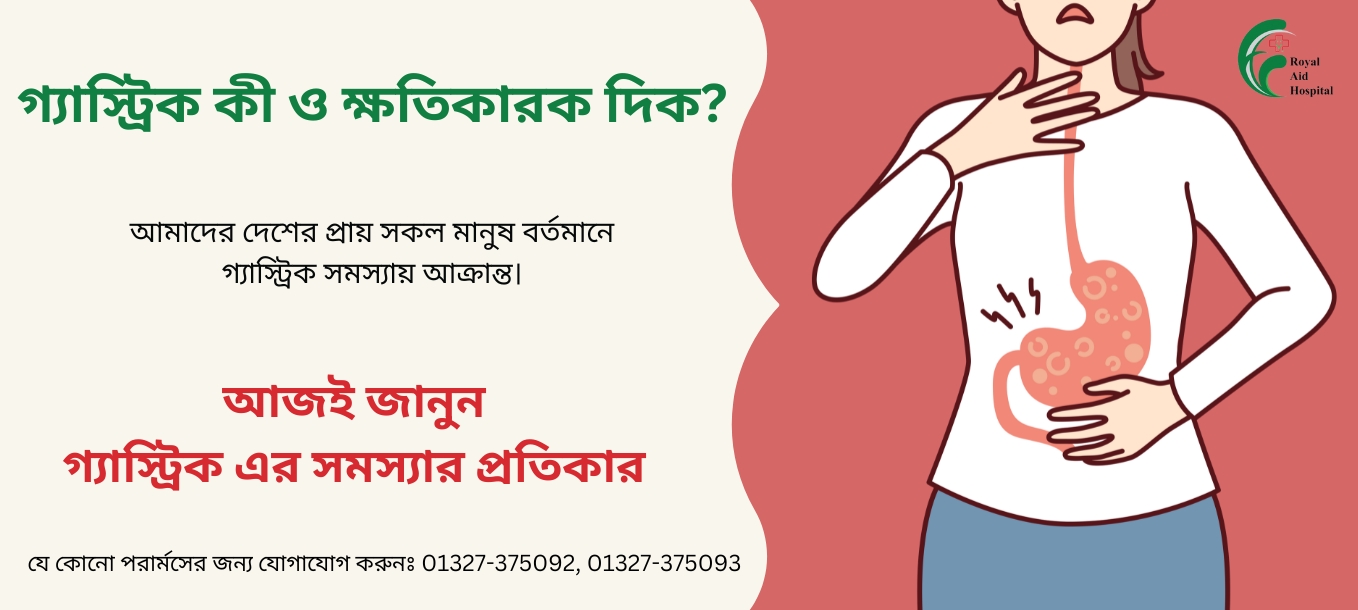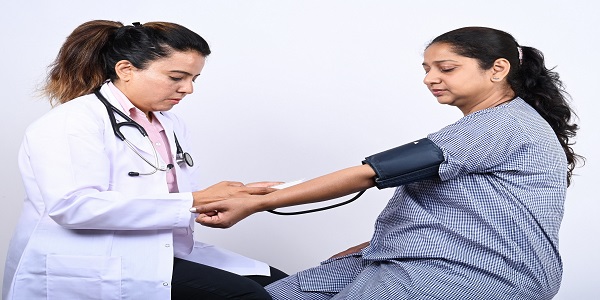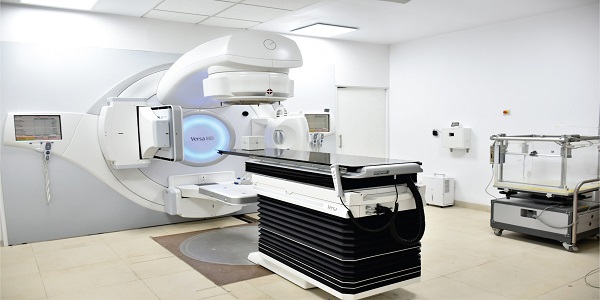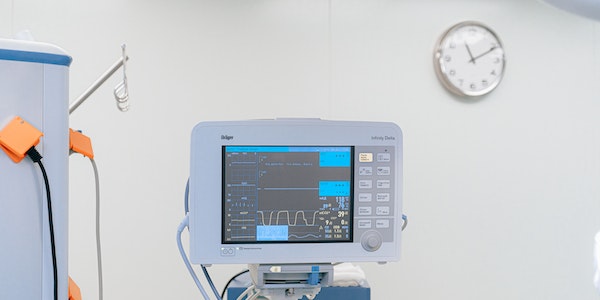
Bangladesh, a country prone to extreme weather events such as floods, cyclones, and heatwaves and faces significant challenges when it comes to protecting the health and well-being of its vulnerable population, particularly children. As frontline healthcare providers, pediatricians play a crucial role in developing strategies to mitigate the adverse effects of extreme weather on children’s health. This opinion piece explores some key strategies that pediatricians in Bangladesh can adopt to safeguard the health of children in the face of these climatic challenges. Pediatricians can act as advocates for public awareness campaigns on the impacts of extreme weather on children’s health. By collaborating with local authorities, community leaders, and media outlets, they can disseminate crucial information about the specific risks children face during floods, cyclones, and heatwaves.
They can educate parents, caregivers, and school staff about the necessary precautions, early warning signs, and emergency preparedness measures which is essential to ensure the safety and well-being of children.
Pediatricians should work closely with policymakers and healthcare administrators to strengthen the healthcare infrastructure in vulnerable regions. This includes ensuring the availability of well-equipped pediatric wards in hospitals, establishing telemedicine facilities to provide remote consultations during emergencies, and enhancing the capacity of healthcare workers to address weather-related health issues. Collaborating with international organizations and NGOs, can help and secure necessary resources and expertise.
Heatwaves pose a significant threat to children’s health, leading to dehydration, heat exhaustion, and heatstroke. Pediatricians can contribute to the development of heatwave action plans at national and local levels. These plans should include guidelines for early identification of heat-related illnesses, strategies for reducing exposure to extreme heat, provision of adequate hydration, and instructions on recognizing and responding to heat emergencies.
They can be get involved in school and community-based interventions, such as adjusting school hours and providing cool shelters.Moreover, pediatricians can also advocate the construction and retrofitting of climate-resilient infrastructure, such as flood-resistant hospitals, schools, and community centers. By collaborating with urban planners and architects, pediatricians can ensure that these structures are designed to withstand extreme weather events and equipped with the necessary facilities to address children’s health needs during emergencies.
Additionally, they can support and help initiatives to improve water and sanitation systems to prevent waterborne diseases, particularly after flooding.
Additionally, pediatricians should actively engage in research efforts to better understand the long-term impacts of extreme weather on children’s health. This includes monitoring and documenting the prevalence of weather-related illnesses, studying the effectiveness of interventions, and identifying emerging health risks associated with climate change. By generating evidence-based data, pediatricians can contribute to the development of targeted interventions and policies that prioritize children’s health.
Afterall, protecting the health of children in Bangladesh’s extreme weather conditions requires proactive measures and collaboration among pediatricians, policymakers, communities, and international partners.
By raising public awareness, strengthening healthcare infrastructure, developing action plans, promoting climate-resilient infrastructure, and conducting research, pediatricians can play a pivotal role in minimizing the adverse impacts of extreme weather events on children. Their dedication and expertise are vital in building a more resilient healthcare system that safeguards the well-being of Bangladesh’s youngest and most vulnerable population.
1 year ago

1 year ago

1 year ago

1 year ago

1 year ago

1 year ago

1 year ago

1 year ago

1 year ago

1 year ago

1 year ago

1 year ago

1 year ago

1 year ago

1 year ago

1 year ago

1 year ago

1 year ago
